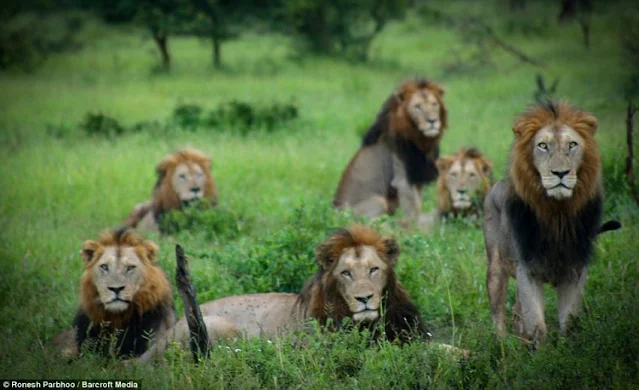PLATTSBURGH, NY, USA - NEWS AND COMMENT: Mike Clowney has been issued with a "court appearance ticket" to use an American term which I presume means that he has been ordered to attend court because he has been feeding, caring for and neutering and spaying stray and feral cats under a TNR program.
 |
| Mike Clowney in violation of local ordinance for assisting in a TNR program. Photo in public domain. Sorry for the poor quality. |
He's been doing this for more than 10 years as he looks after a cat colony. He provides food and water twice a day every single day and he builds winter shelters and finds homes for kittens. Everything he does is good and decent. It benefits animal welfare. You could argue that he does the job of council workers because he is helping manage cats in the community. Arguably the local authority should be helping to do this because it is a community issue.
He has said that the authorities are going to have to put him in jail to stop him looking after the cats. A neighbour alerted the Plattsburgh city police department to his activities on Friday, June 18. An investigation took place. God knows why because they must have known about him as he's been doing it for 10 bloody years for God's sake! What is there to investigate?
The police took statements et cetera. The city's mayor cited section 128-2 of the city code which apparently forbids the feeding of feral cats. Across America, the feeding of feral cats as part of TNR programs is incredibly commonplace but it is slightly contentious and arguments have bubbled up from time to time in various cities about this. And therefore it doesn't surprise me that it has happened in Plattsburgh.
The police didn't arrest him but they relied upon, I guess, sworn statements by witnesses as to what he was doing. The violation of the city ordinance falls under the Pigeon and Other Wild Animals section of the city code. On a separate issue, the ordinance compels cat owners to maintain an enclosure to prevent cats wondering or escaping from their property to other neighbouring properties. And cats are meant to be micro-chipped and not abandoned. I had no idea that there is a place in America where it's illegal to let cats roam outside. That's my interpretation of this local law.
It appears that the law has been interpreted to mean that those who care for feral cats under a TNR program are deemed to be the cats' owners. But city councillors have said that this is not the way the law should be interpreted.
Clowney strongly objects to the law and argues that if you didn't do TNR programs it would mean that you let the cats starve and he questions how that could be the response by the city to the presence of community cats i.e. unowned cats in the community. He says that the law should be changed. He has seen the abuse of cats in the city such as cats being thrown out of windows and tied up in garbage bag.
He hopes that his story encourages the city administrators to change the law. It would be remarkable if he were successfully prosecuted for doing something good for the community and for animal welfare. The story is reported on yahoo.com after it was originally published on: Mckenzie Delisle Press-Republican, The Press-Republican, Plattsburgh, N.Y.
































